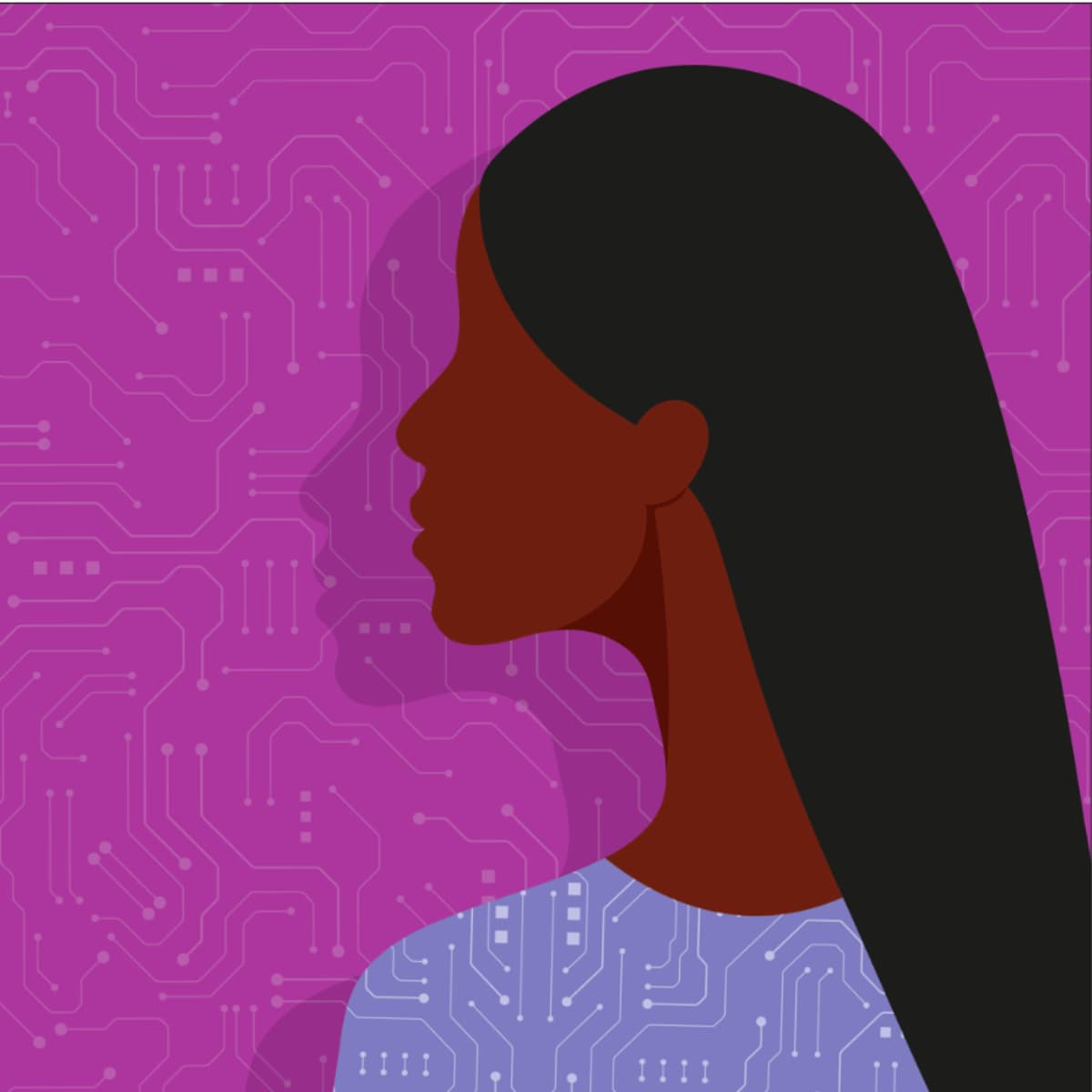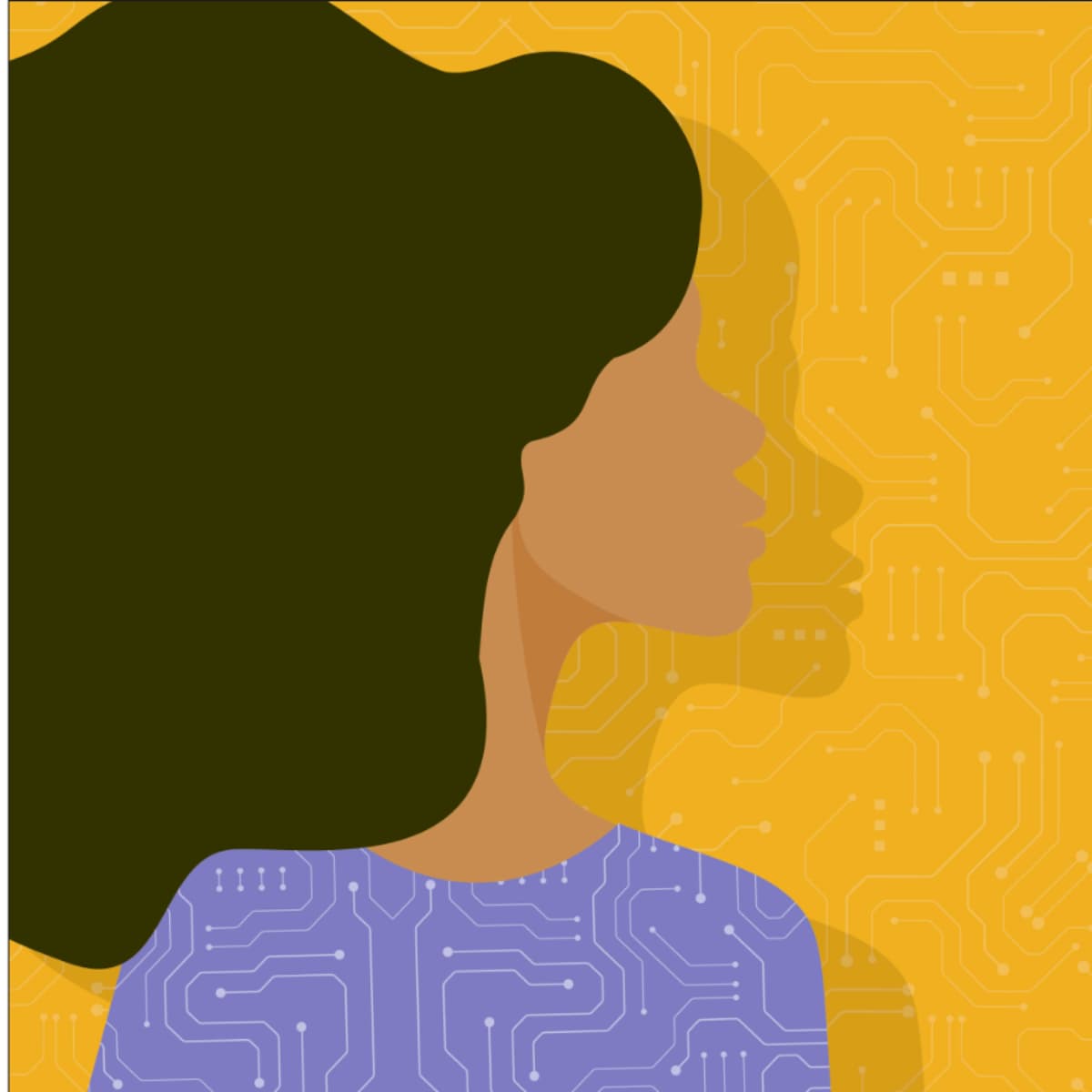WTISD-25 Theme
Why gender equality in digital transformation matters
Despite progress, inequality remains a barrier to digital inclusion. According to Facts and Figures 2024:
- 70% of men use the Internet globally, compared to 65% of women, a gap that leaves 189 million more men online than women worldwide.
- While the digital gender gap has narrowed in many developed countries, it has widened in Least Developed Countries (LDCs), where only 29% of women are using the internet compared to 41% of men.
- Gaps persist not only in access, but also in affordability, digital skills, participation in STEM, and leadership in the tech sector.
These gaps not only disadvantage women and girls, they also hinder economic growth, innovation in countries around the world, and the achievement of the Sustainable Development Goals (SDGs).

The impact of the gender digital divide
The effects of digital exclusion are interconnected, limiting not just individual potential, but also the resilience of communities and the performance of economies.
On individuals
When women and girls gain digital access and skills, they unlock educational, professional, and social opportunities, from becoming entrepreneurs to obtaining essential health, financial and government services.
On communities
Inclusive digital participation fosters stronger, more resilient communities by ensuring diverse perspectives and locally relevant solutions. When women and girls benefit from and contribute to digital transformation, communities are strengthened by increased innovation and greater social cohesion.
On economies
Equality for all women and girls fuels economic growth by driving diversity, innovation, and productivity. According to the IMF, narrowing gender gaps in labor markets could boost GDP by up to 8% in emerging and developing economies.

Global momentum in 2025
This year marks the 30th anniversary of the Beijing Platform for Action, a global blueprint for advancing women’s rights. The Beijing+30 Action Agenda includes targeted actions to close the digital gender gap — from expanding digital infrastructure to increasing representation in tech leadership.
ITU’s work aligns closely with these efforts through its initiatives, resolutions, and partnerships including:
- Resolution 70 and Gender Equality and Mainstreaming (GEM) policy and action plan
- The EQUALS Partnership, co-founded by ITU, the United Nations University (UNU), UN Women, the International Trade Centre (ITC) and GSMA in 2016
- Girls in ICT Day, reaching 377,000+ participants in 171 countries since launching in 2011
- Projects in LDCs enhancing digital skills and entrepreneurship for women
- Programs like Women in Cybersecurity, Girls Can Code, and Talking Tech
- And more…

Take action for digital gender equality
Find resources and opportunities to mark WTISD-25 and help close the digital gender gap. Get involved